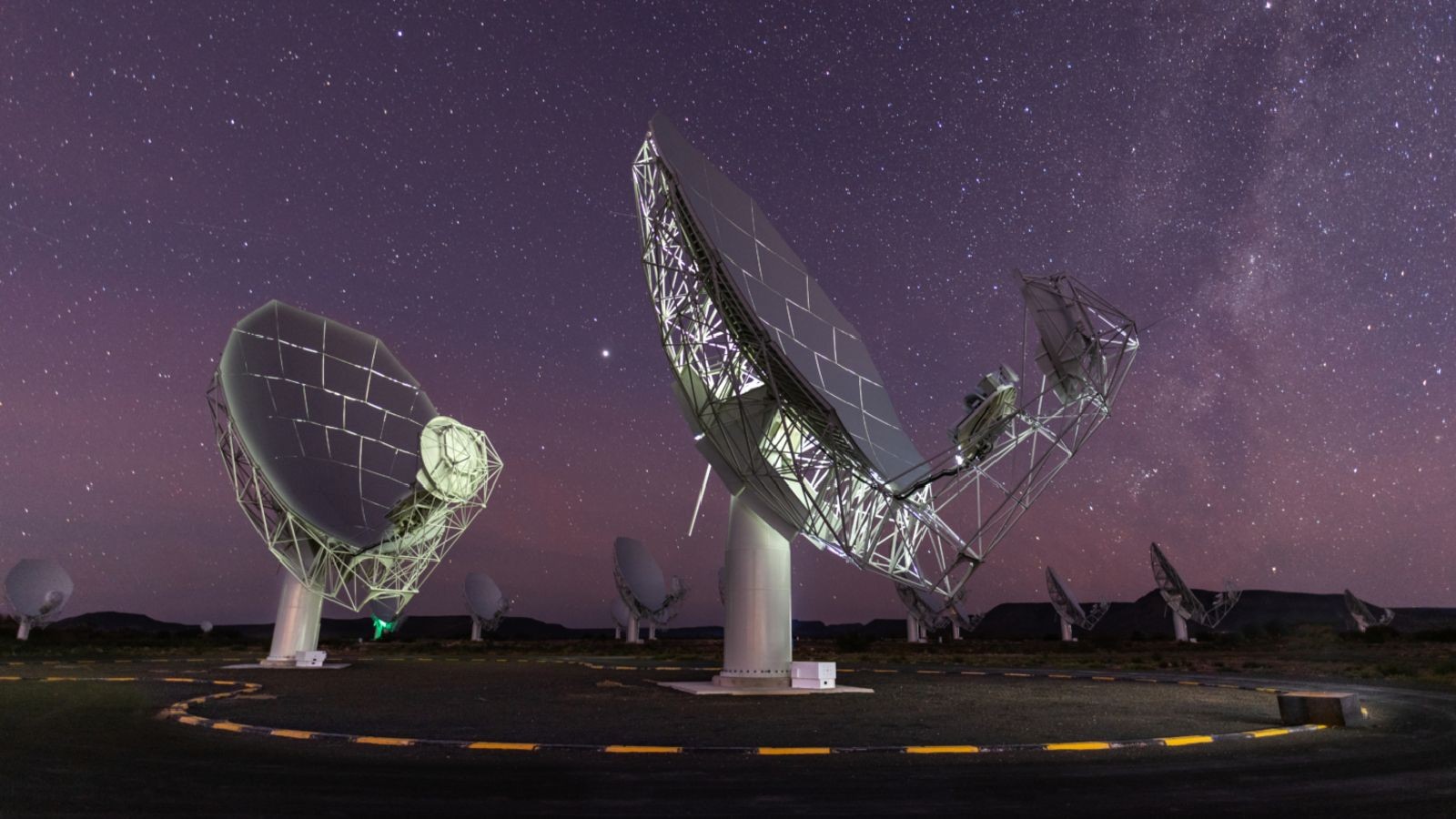Astronomers have detected the first-ever radio emissions from interstellar comet 3I/ATLAS as it traverses our solar system, passing roughly halfway on its one-way journey. While this discovery might initially sound like compelling evidence for an alien origin – a notion championed by some scientists – the reality is far more mundane and fascinating in its own right.
3I/ATLAS, discovered in early July, holds the distinction of being the third known interstellar object (ISO) to venture into our cosmic neighborhood. Traveling at over 130,000 mph (210,000 km/h), this icy visitor is believed by most researchers to be an ancient comet – possibly the oldest ever observed – expelled from another star system in the Milky Way’s outer reaches billions of years ago.
The unusual nature of 3I/ATLAS sparked speculation even before its discovery. A vocal minority, led by Harvard astrophysicist Avi Loeb, have promoted the controversial idea that it might be an extraterrestrial spacecraft disguised as a comet. This fringe theory has attracted considerable media attention, often overshadowing the genuine scientific intrigue surrounding this ISO.
This pattern echoes the case of ‘Oumuamua, another interstellar object encountered in 2017 which Loeb also declared a potential alien mothership, despite lacking conclusive evidence. When astronomers using South Africa’s MeerKAT radio telescope detected these signals from 3I/ATLAS coinciding with its closest approach to the Sun (perihelion) on October 29th, hopes for uncovering hidden “alien messages” were high amongst Loeb’s supporters.
However, the detected signals lack any technological origin. Instead, they originate from specific wavelengths absorbed by hydroxyl radicals – or OH molecules – present in the comet’s coma (the cloud of gas and dust surrounding its nucleus). These radicals are produced as water molecules ejected from 3I/ATLAS through a process called outgassing – a fundamental characteristic of comets. This finding aligns with earlier observations, where NASA researchers captured images of water erupting from the comet, akin to a powerful “fire hose.”
The latest data reveals that solar radiation breaks down this ejected water during perihelion, confirming typical cometary behavior. While Loeb acknowledged these hydroxyl radical findings on his blog, he refrained from explicitly confirming whether they represent standard cometary activity.
Beyond the radio signals, 3I/ATLAS has exhibited other unusual traits – including a highly irradiated surface, an excess of carbon dioxide, and a strange “anti-tail” – that fueled alien conspiracy theories. However, these phenomena have been thoroughly explained by the scientific community, who overwhelmingly agree that 3I/ATLAS is a natural object.
A separate yet related theory was also recently debunked when astronomers identified an “almost interstellar object” reaching its closest point to Earth on November 11th. Rumors circulated suggesting it could be a probe dispatched by 3I/ATLAS during perihelion, but even Loeb deemed this improbable. This newly discovered object, designated C/2025 V1 (Borisov), is simply another typical comet within our solar system.
The story of 3I/ATLAS serves as a reminder that scientific exploration often encounters intriguing anomalies that initially invite speculation. While the allure of extraterrestrial explanations can be strong, it’s crucial to prioritize rigorous analysis and evidence-based conclusions over sensationalism.
